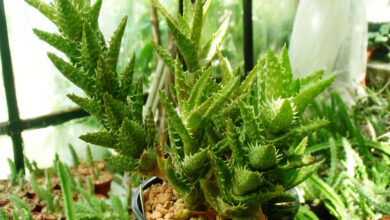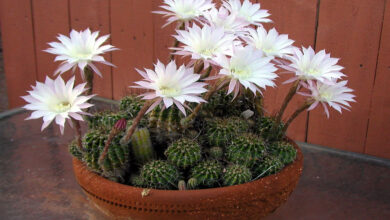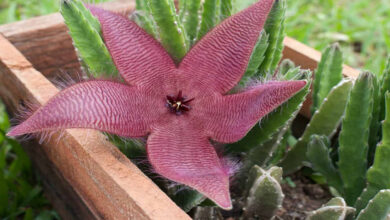Purple Cactus Find the Most Rare Cacti
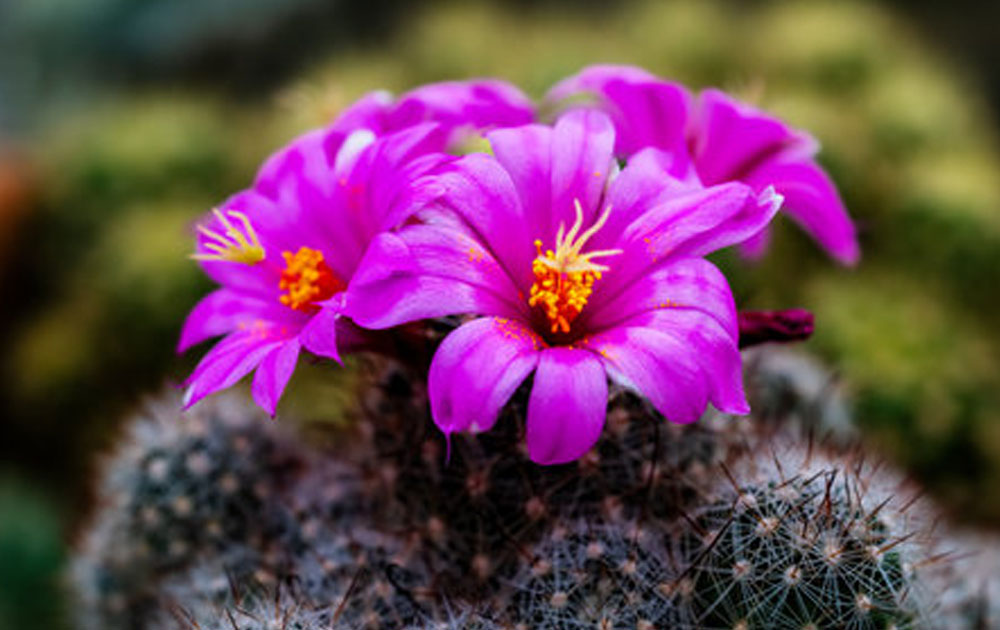
Purple Cactus find the most rare cacti which are used to add beauty to any dull space. These purple cactus variations aren’t just very rare, but they are unique enough to attract the eye.
Purple Cactus
If you want to grow some beautiful purple-coloured cactus, the list below will help you get started. Some have bright purple flowers while others have only purple color petals.
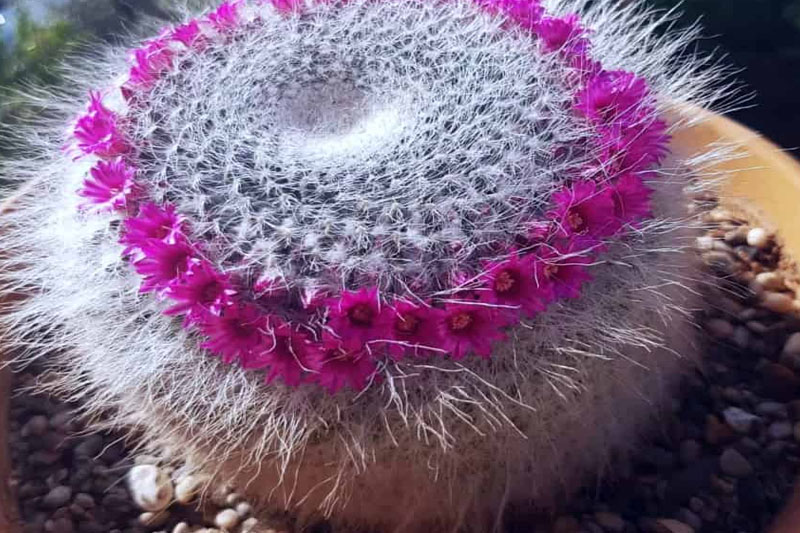
Purple Colour Cactus Varieties
Growing purple cacti is a wonderful activity, and care of such cacti varies depending on the kind you pick. Purple cacti are popular, and the following are some examples:
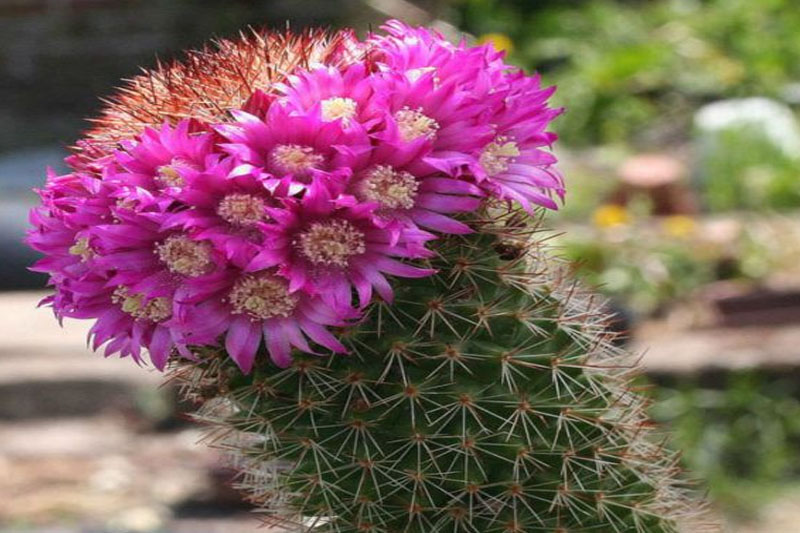
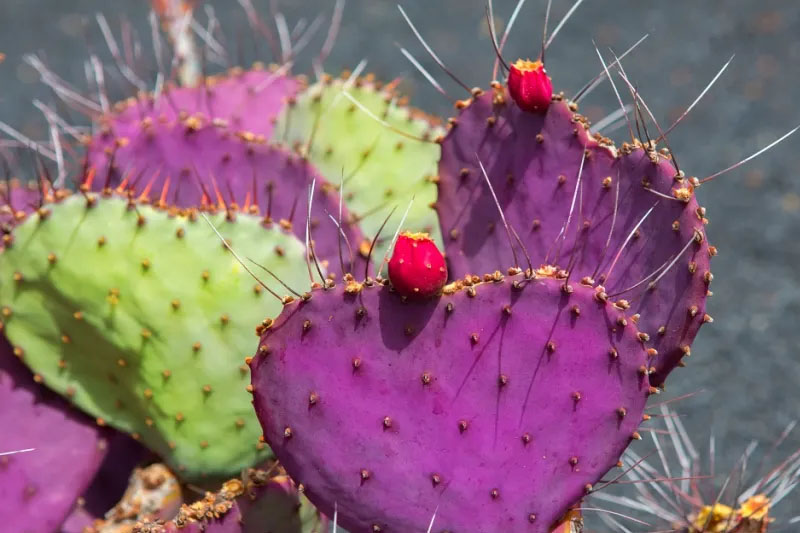
Strawberry hedgehog (Echinocereus engelmannii)
This is a lovely cluster-forming cactus with funnel-shaped purple or vivid magenta blossoms. The strawberry hedgehog’s spiky fruit begins green and progressively becomes pink as it ripens.
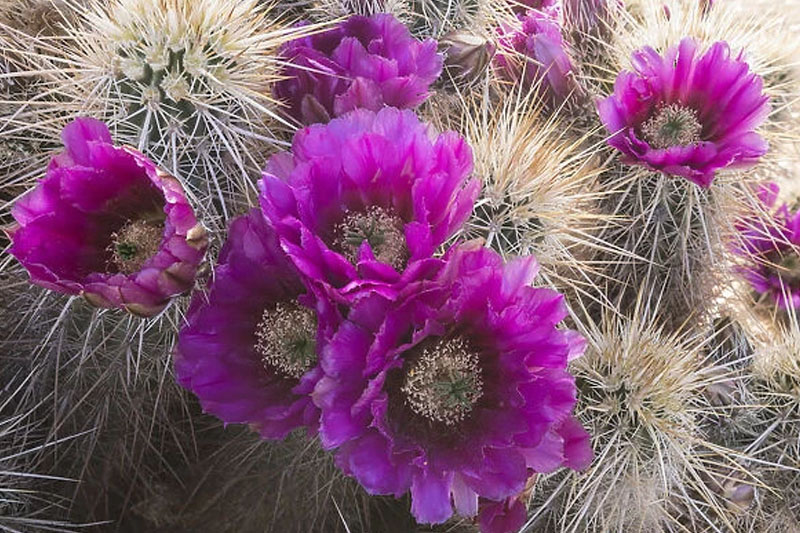
Purple Prickly Pear (Opuntia macrocentra)
Purple colour cactus variants include this one-of-a-kind, clumping cactus, and it is one of the rare kinds that produces purplish pigment in the pads. During dry spells, the eye-catching colour deepens even more. This prickly pear’s flowers, which bloom in late spring, are yellow with crimson centres. Redeye prickly pear and black-spined prickly pear are other names for this cactus.
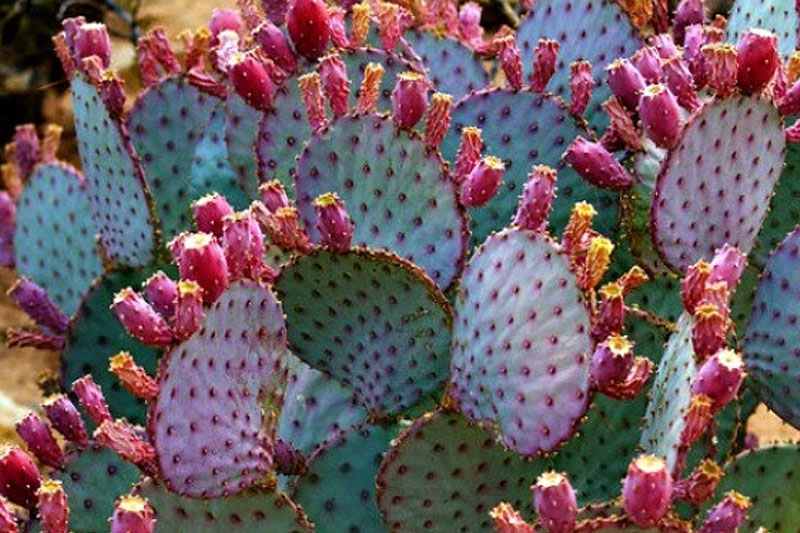
Old Man Opuntia Purple Cactus (Austrocylindropuntia vestita)
This plant is named for its unusual, beard-like “fur.” Beautiful deep red or pinkish purple flowers occur at the top of the plant when conditions are exactly right.
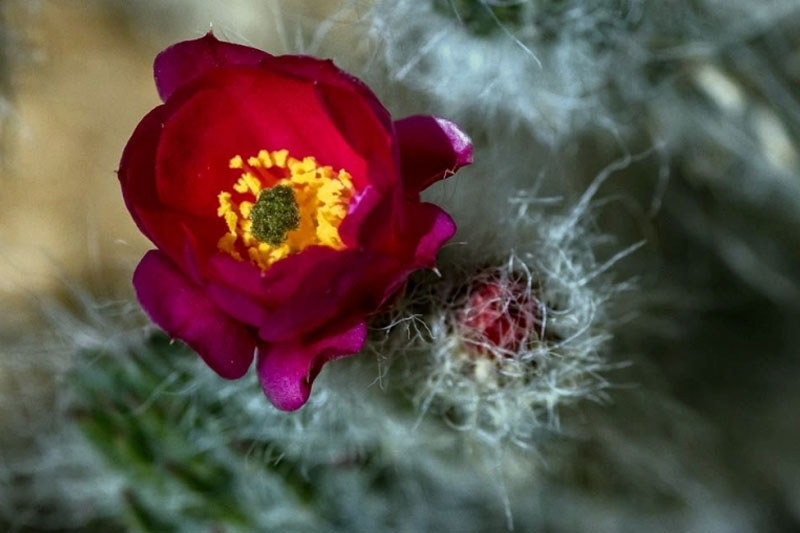
Beaver Tail Prickly Pear (Opuntia basilaris)
Beaver tail prickly pear has paddle-shaped leaves that are blue-grey with a subtle purple hue. The blooms might be purple, crimson, or pink, while the fruit can be yellow or orange.
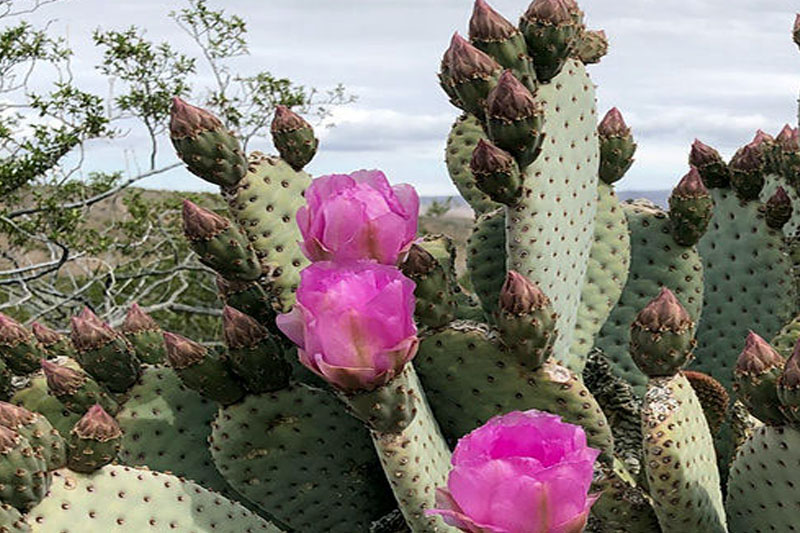
Santa Rita Prickly Pear (Opuntia violacea)
When it comes to some purplish cactus, this lovely specimen is one of the most attractive. Santa Rita prickly pear, commonly known as violet prickly pear, has purple or reddish-pink pads. In the spring, look for yellow or red flowers, followed by juicy red fruit in the summer.
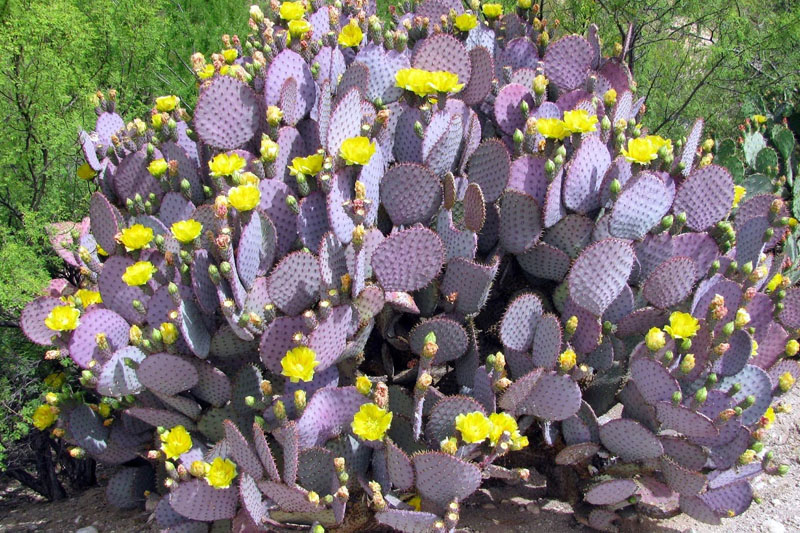
Catclaws (Ancistrocactus uncinatus)
This Catclaw, also known as Turk’s head, Texas hedgehog, or brown-flowered hedgehog, has deep, brownish-purple or dark, reddish-pink blossoms.
This plant is quite uncommon in cultivation and is known for being difficult to cultivate on its own roots due to its sensitivity to overwatering and sluggish growth. During the winter or when nighttime temperatures are below 10° C, water it sparingly and keep it absolutely dry. Mature individuals rot and die rapidly, especially after planting, therefore use extreme caution while watering. If grown in larger pots, water it less frequently than usual. This species is exceptionally cold-resistant, and suited to very dry soils. It requires a reasonably wide or deep pot to support its vast roots and give excellent drainage. They may remain in the same pot for many years.
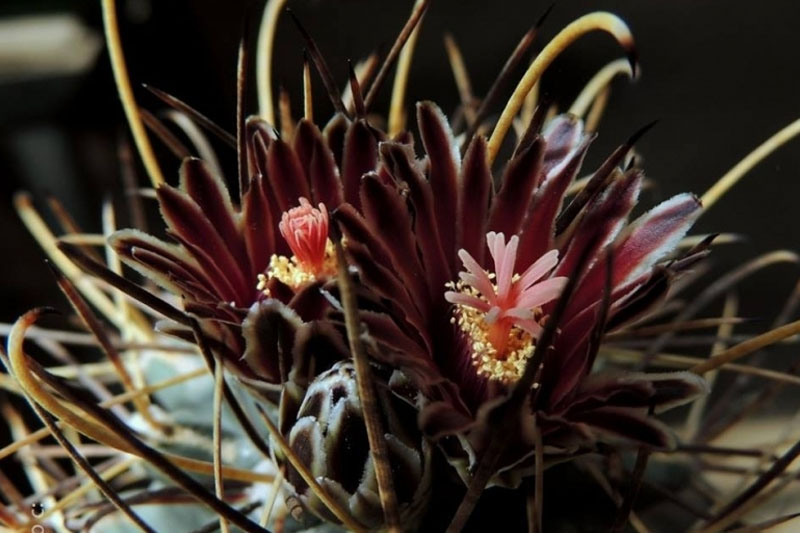
Old Lady Cactus Purple Cactus (Mammillaria hahniana)
In the spring and summer, these captivating small Mammillaria cacti form a crown of tiny purple or pink blooms. The stems of the unusually named old lady cactus are coated with white fuzzy hair-like spines.

If you love to add some more purple beauty to your garden or backyard then must-see succulent with purple flowers for backyard is a worth reading blog for growing succulents to give company to your cactus.

